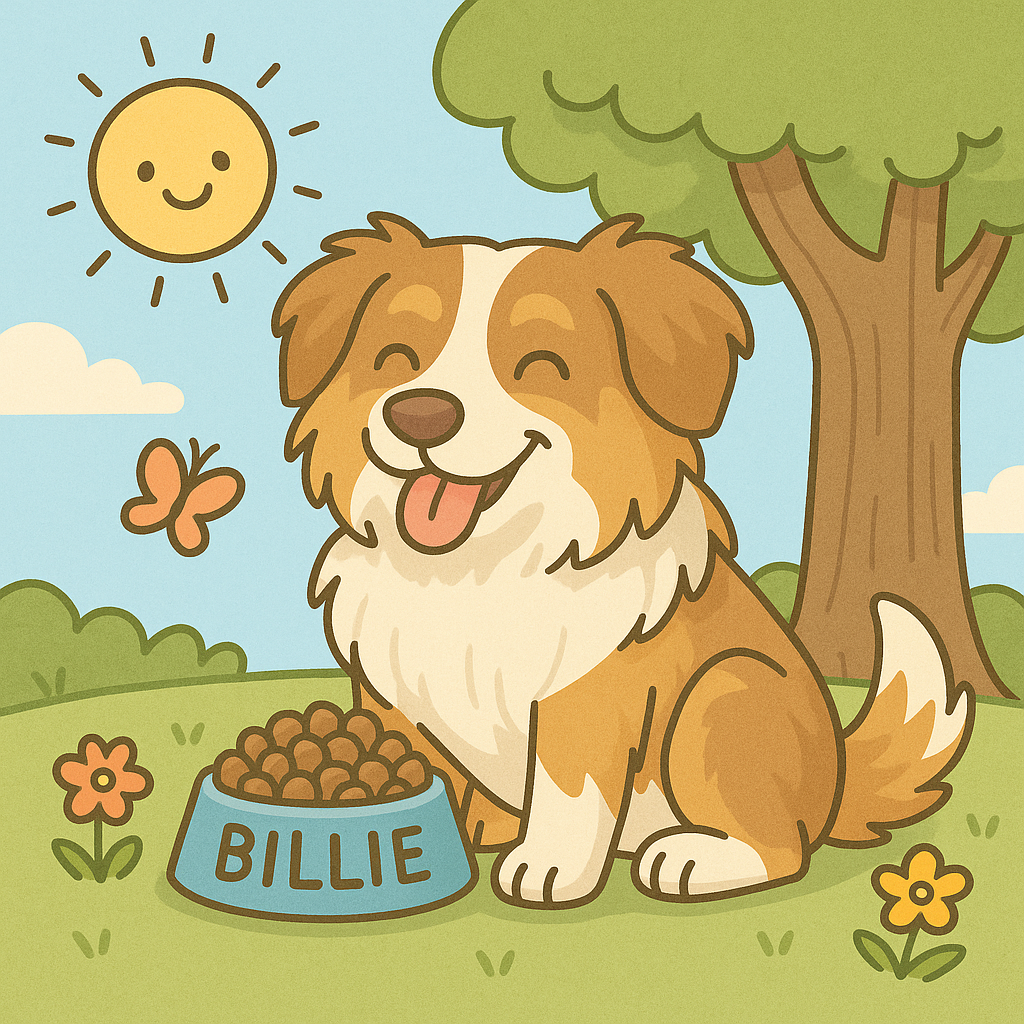
5 Ingredients to Avoid in Your Dog's Food
Share
As dog parents, we want to give our pups the very best—treats, belly rubs, and food that keeps their tails wagging. But with so many options on store shelves, choosing the right food can feel overwhelming.
At Good Boy Billie, we’re all about helping pet parents make informed, confident choices. That’s why we created this guide to help you understand which dog food ingredients to avoid—and what to reach for instead.
Not all kibble is created equal… and that’s okay. Let’s dig in.

#1: Corn, Soy and Wheat
These are common fillers found in lower-quality dog food. They’re cheap, but they offer very little nutritional value—and many dogs struggle to digest them.
Why to avoid:
- Can contribute to allergies or sensitivities
- Offer little nutrition
- Commonly used to bulk up food at low cost
- Dogs can struggle to digest these ingredients

Healthy Alternatives:
- Sweet potato - Easy to digest, packed with fiber, vitamins A and C, and antioxidants.
- Brown rice - A gentle, gluten-free grain that provides steady energy and supports gut health.
- Peas - A great source of planet-based protein, fiber, and essential vitamins like B-complex and K
These ingredients not only fuel your pup—they support long-term health, better digestion, and fewer allergies.

#2: Vegetable Oil
The phrase "vegetable oil" is a red flag when it’s not clear what it’s made from. These oils are often low-quality and too high in omega-6 fatty acids, which can cause inflammation.

Healthier oils to look for:
- Salmon oil
- Flaxseed oil
- Coconut oil
These offer anti-inflammatory benefits and support healthy skin and coat.

#4: Artificial Colors
Bright red and yellow kibble might catch the eye, but they do nothing for your pup’s health. Dyes like Red 40, Blue 2, and Yellow 5 & 6 are purely cosmetic and have been linked to behavioral or allergic issues in some pets.
Choose natural, whole-food-based ingredients with no need for added color.

#5: BHA & BHT
BHA (Butylated Hydroxyanisole) and BHT (Butylated Hydroxytoluene) are synthetic chemical preservatives often used to extend the shelf life of dog food. While they may keep kibble fresh longer, they’ve been under scrutiny for years due to potential health risks.
Better choice: Look for food preserved with natural ingredients like Vitamin E (often listed as mixed tocopherols).

Bonus Tip: Just Add Water!
Got a picky eater? Try adding a little warm water to their kibble. It softens the food, enhances the aroma, and can help your pup stay hydrated—especially during warm months.

Final Thoughts
Feeding your dog well doesn’t have to mean making their meals from scratch. Just a little awareness goes a long way. By reading ingredient labels and avoiding common red-flag additives, you’re giving your pup the healthy, happy life they deserve.
At Good Boy Billie, we’re not just about the cutest dog gear (although we do have the cutest hats and stickers). We're here to help you be the best dog parent you can be.
Check out our shop for Dog Mom hats, Dog Dad hats, and more at goodboybillie.com
